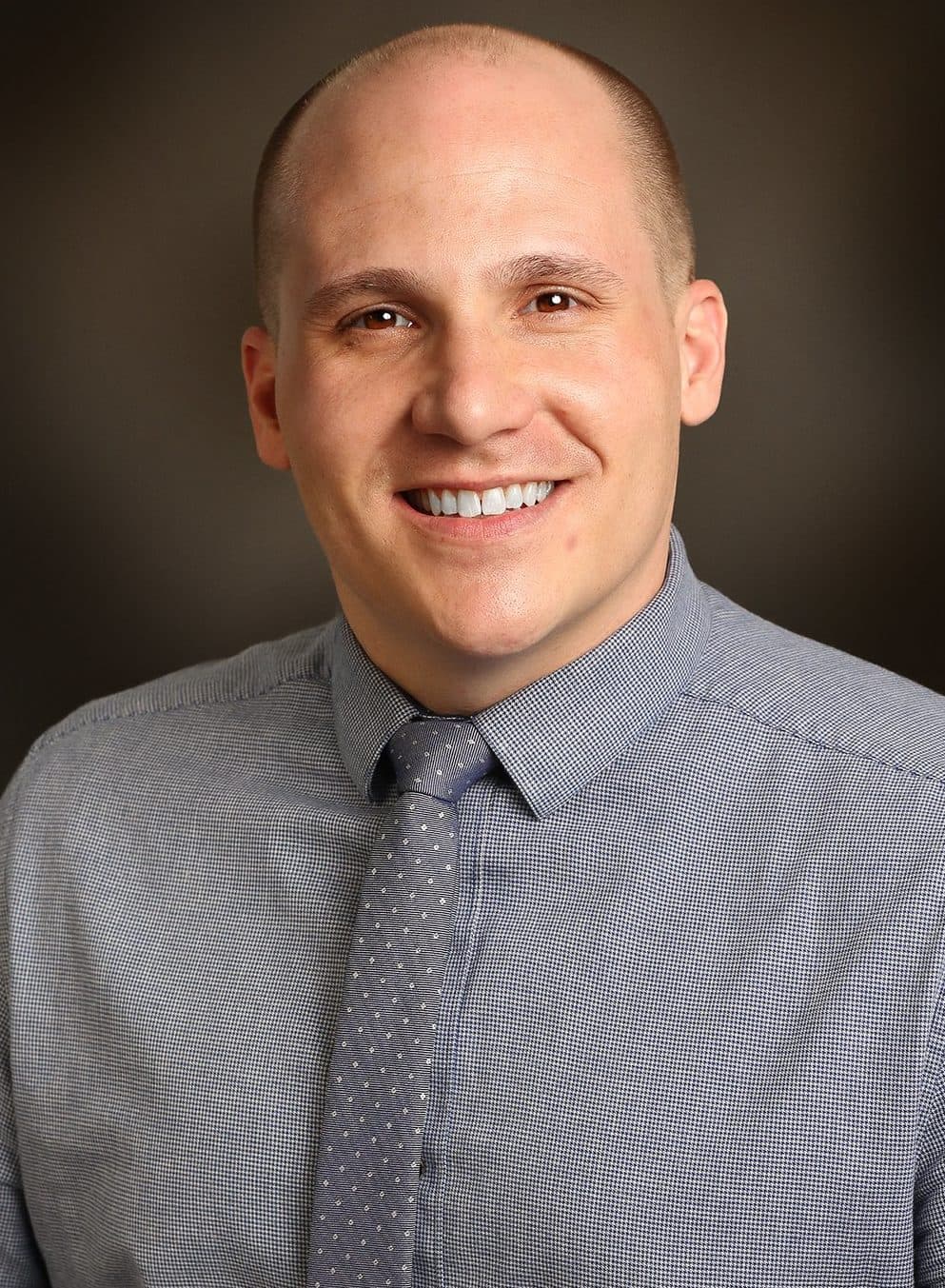
2025-04-15T10:50:37
Safe Sleep Aids for Kids
- Pediatrics
January 21, 2019 | Pediatrics

Neurodevelopmental disorders describe variations or delays in functions typically associated with the development of the central nervous system (CNS). These variations or delays hinder the central nervous system’s ability to properly receive, process, store and respond to stimuli. Common neurodevelopmental disorders include autism, attention-deficit/hyperactivity disorder, learning disabilities, cerebral palsy and intellectual disability, though there are several others.
Until recently, it was difficult to tell whether a child had a neurodevelopmental disorder until he or she was of school age, at which point intervention was futile. Today, however, thanks to the development of “clinical milestones,” healthcare providers can identify significant delays and make recommendations for early intervention, which many agree is key to helping a child grow into a functioning, independent and thriving adult. Your child may exhibit signs of a neurodevelopmental disorder if he or she:
Because every child is different, and because every neurodevelopmental issue presents itself in a unique way, it is difficult to provide an exhaustive list of signs of any one disorder, whether it be autism spectrum, a learning disability or down syndrome. However, for most disorders, signs are present early in a child’s life, and early treatment is key to correcting symptoms.
Just like the signs and symptoms of autism and other neurodevelopmental disorders vary from child to child, so do treatment methods. However, intervention specialists commonly recommend the following treatments:
Early care requires the assistance of family members, caregivers, teachers, school administrators and other members of the community. Whatever the proposed treatment plan, it must be acted upon on a cohesive level, as opposed to just at home, or at school.
Early treatment is critical to enhancing the quality of life for any child who presents the signs and symptoms of neurodevelopmental delay. Research shows that the first two years of a child’s life are fundamental to his or her development, as it is in this stage that the nervous tissues grow and mature. Because of the brain’s plasticity during these years, it is also at this time that a child responds most to therapies and stimuli from his or her environment. Therapy up through the age of six is still considered “interventive,” but beyond that, it becomes more managerial than anything else.
If you’re concerned about your child’s development, talk to your doctor today regarding diagnosis and possible treatment. Your early action may be key to helping your child overcome the effects of their disorder into adulthood.
“Recognizing Developmental Delays in Children.” WebMD.
https://www.webmd.com/parenting/baby/recognizing-developmental-delays-birth-age-2#5
“Early Care in Children with Neurodevelopmental Disorders.” Jacqueline Ponce-Meza
https://files.eric.ed.gov/fulltext/EJ1139353.pdf

WRITTEN BY:
The Live Better Team

2025-04-15T10:50:37

2024-10-04T23:15:22

2023-07-31T14:29:37

2022-11-21T11:35:42
This information is not intended to replace the advice of a medical professional. You should always consult your doctor before making decisions about your health.